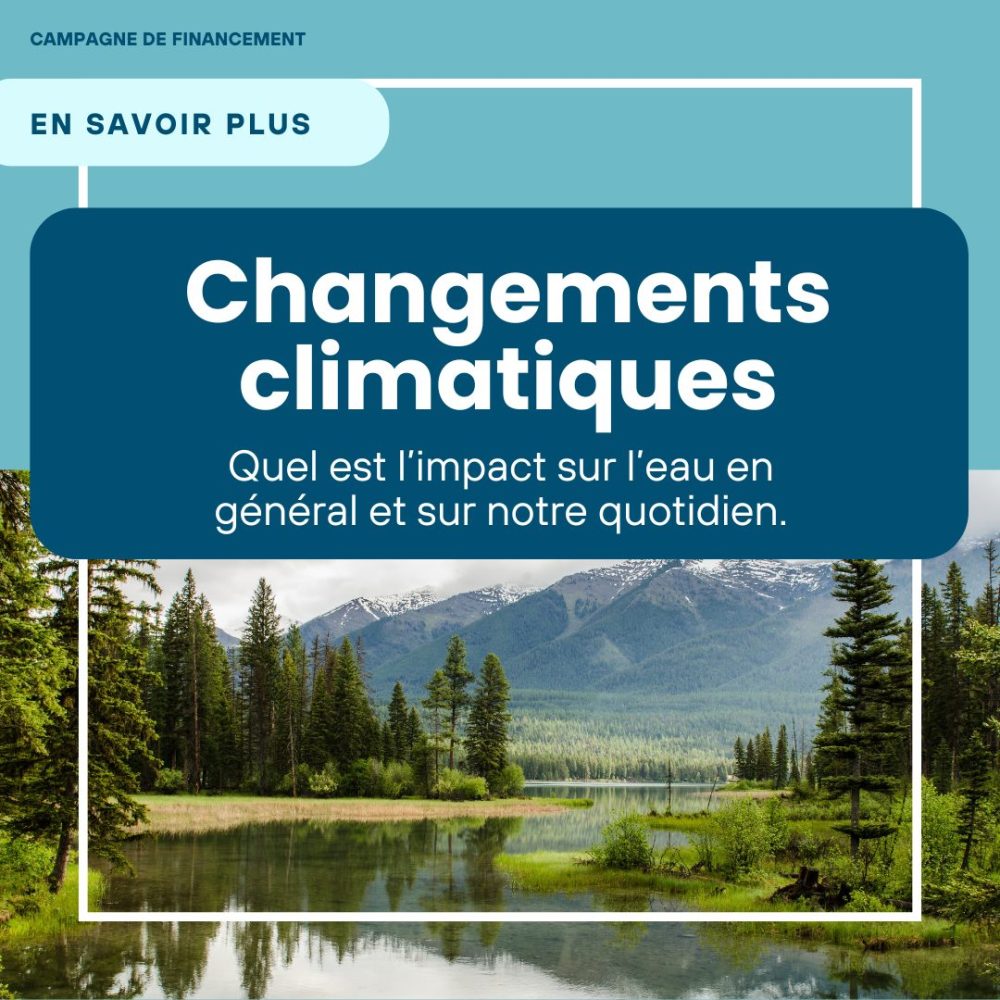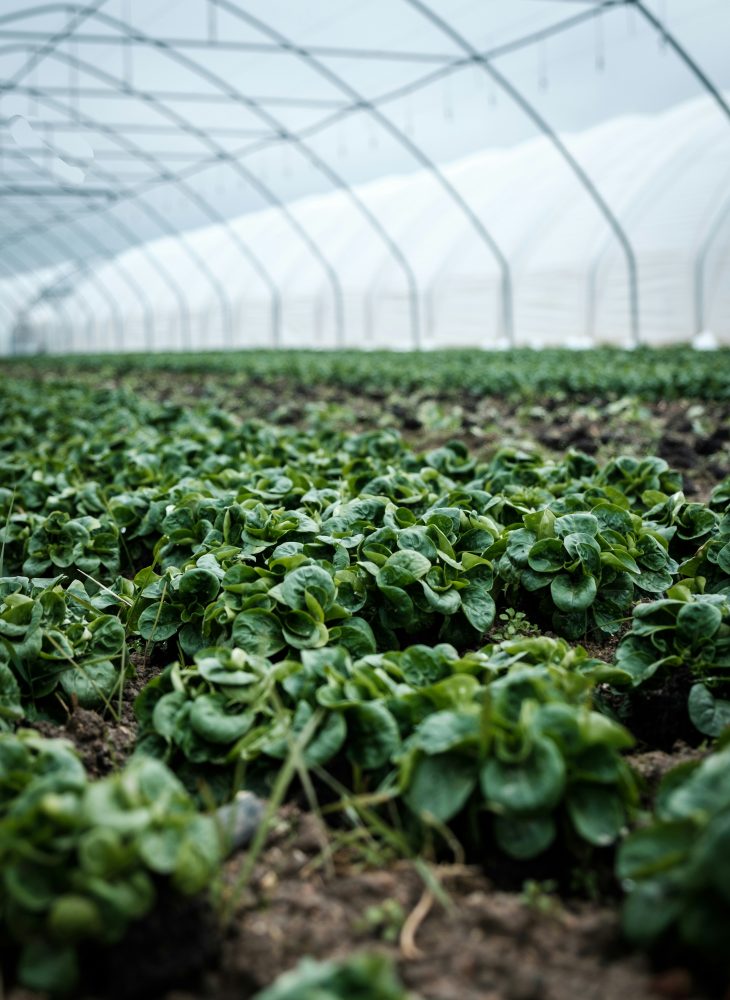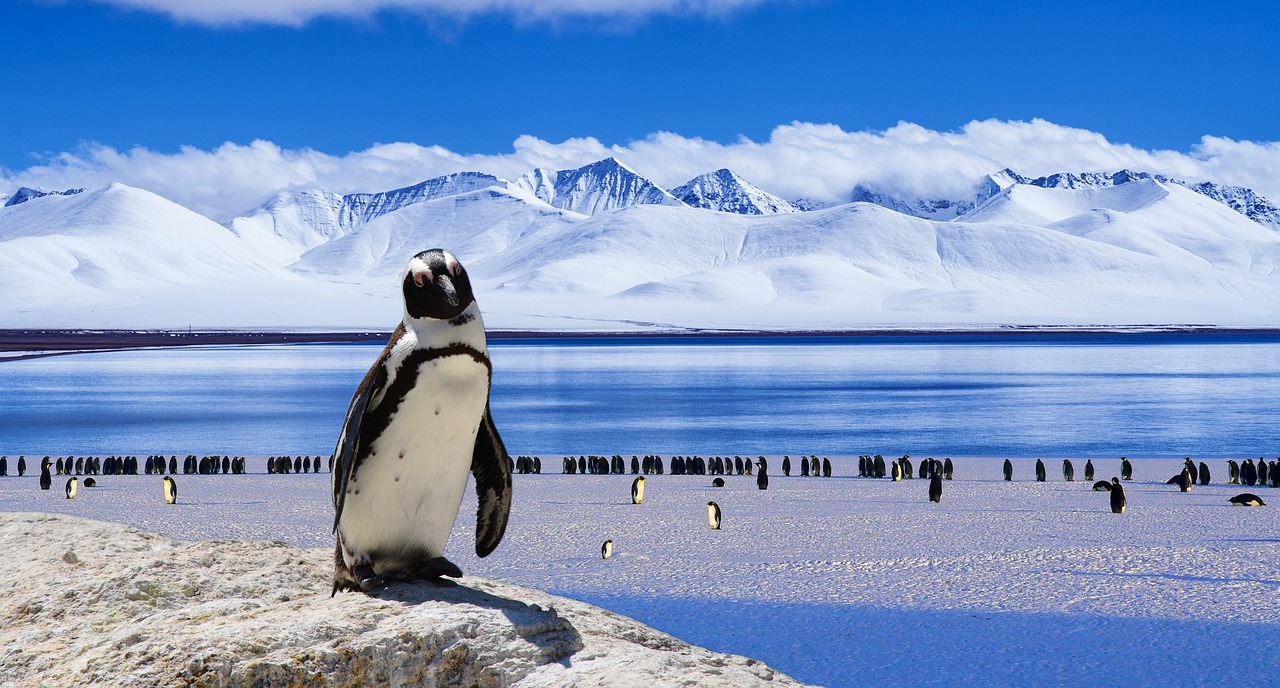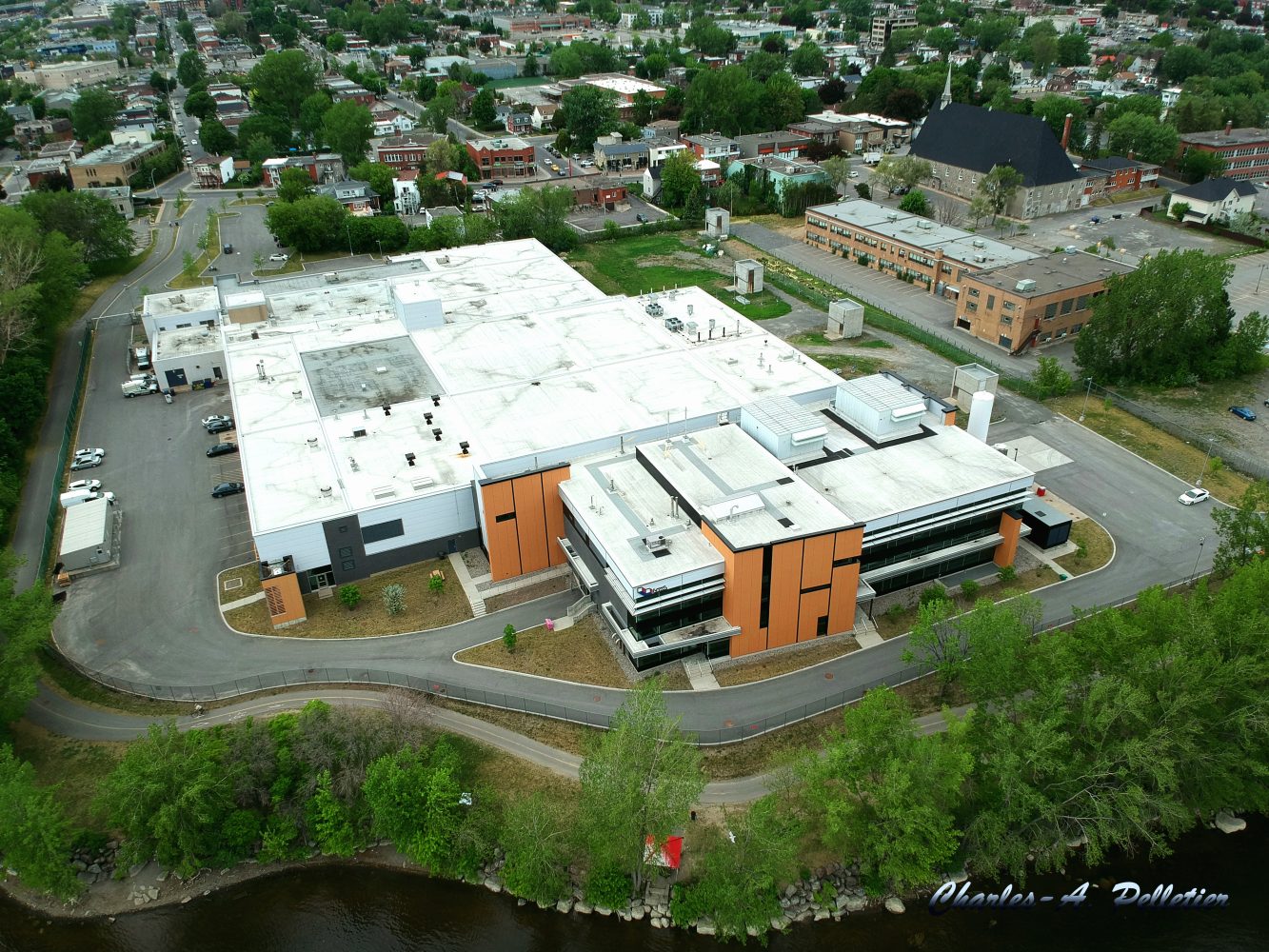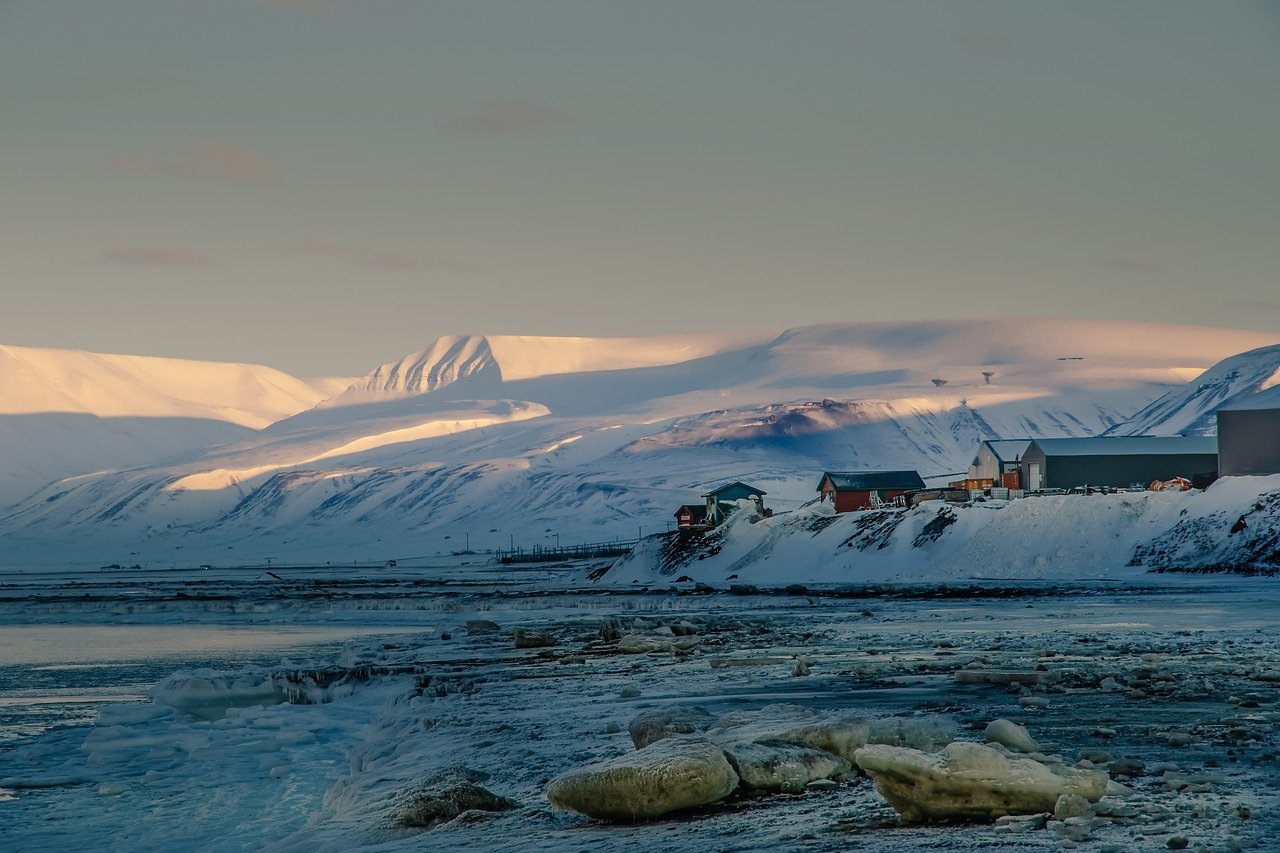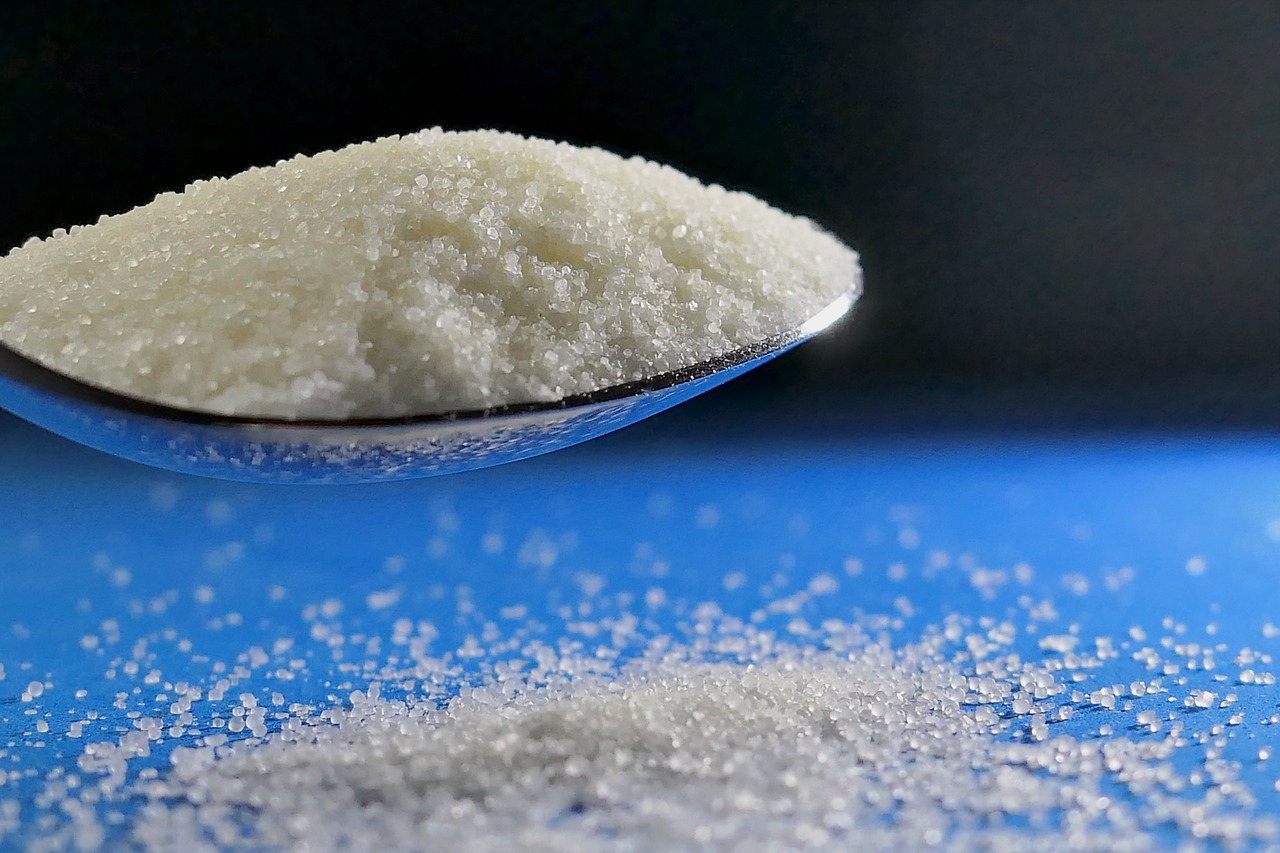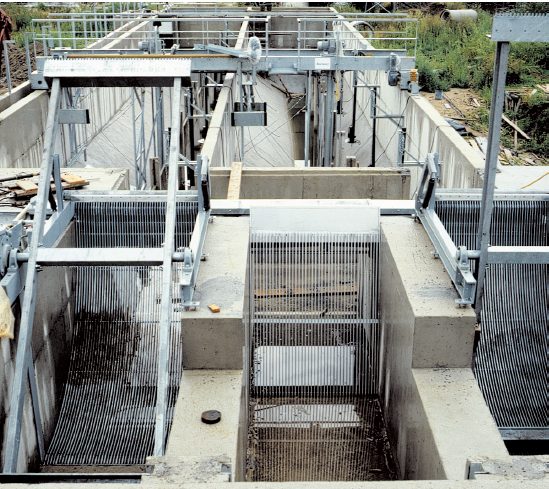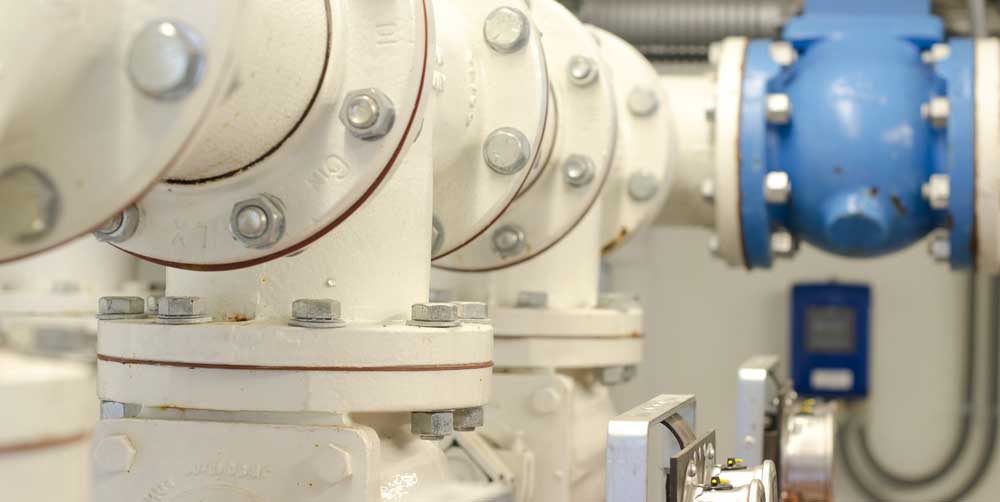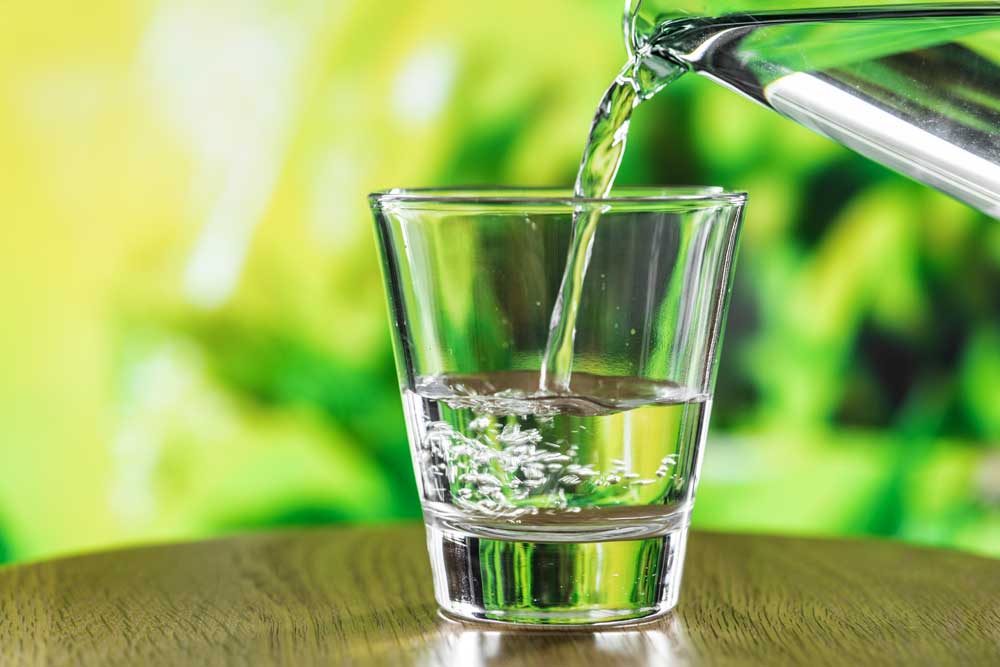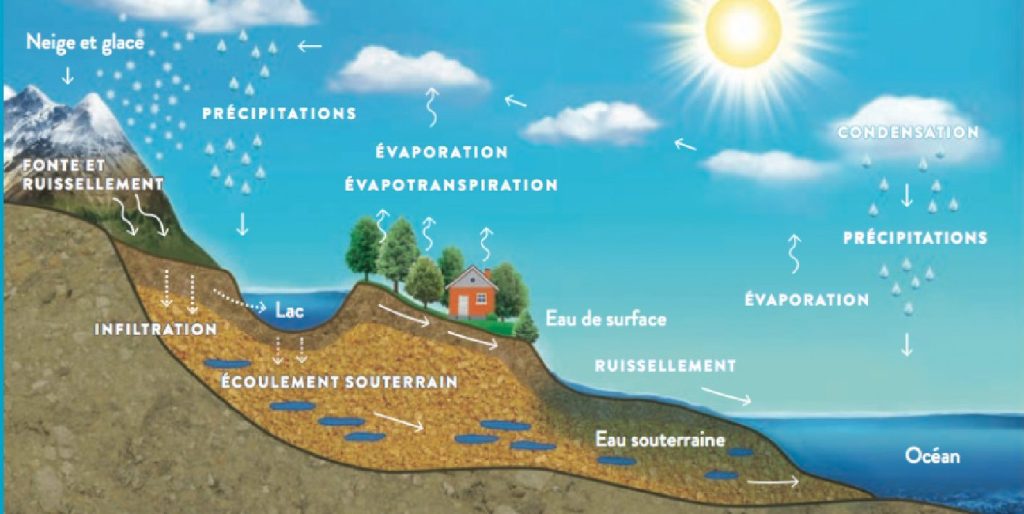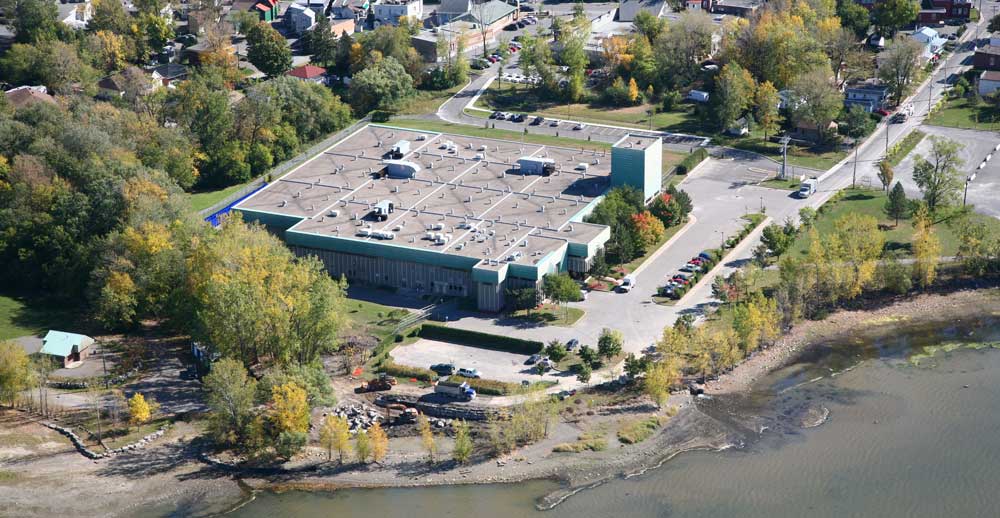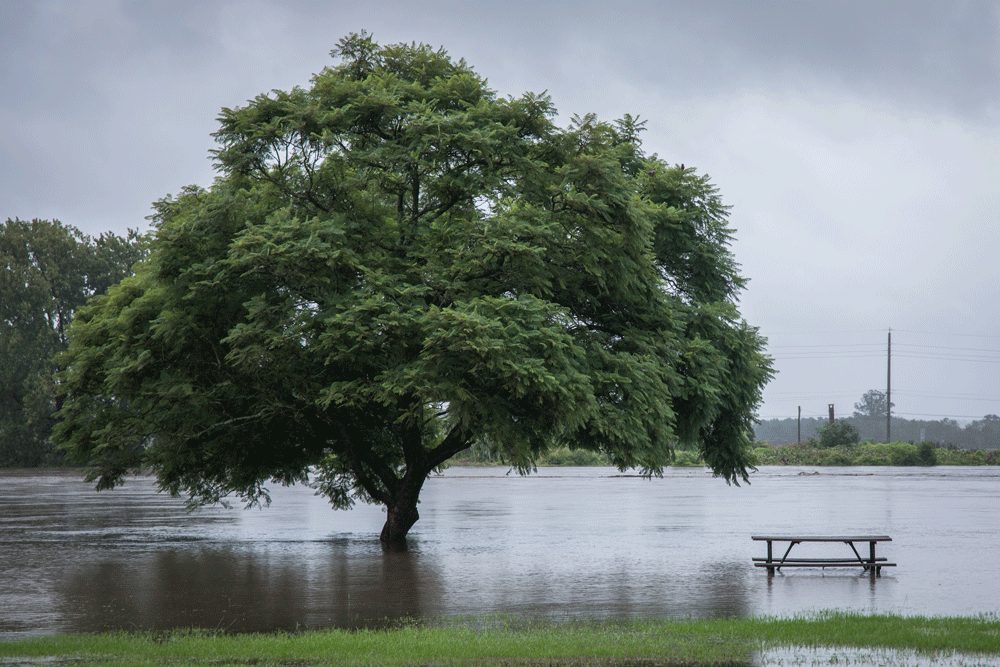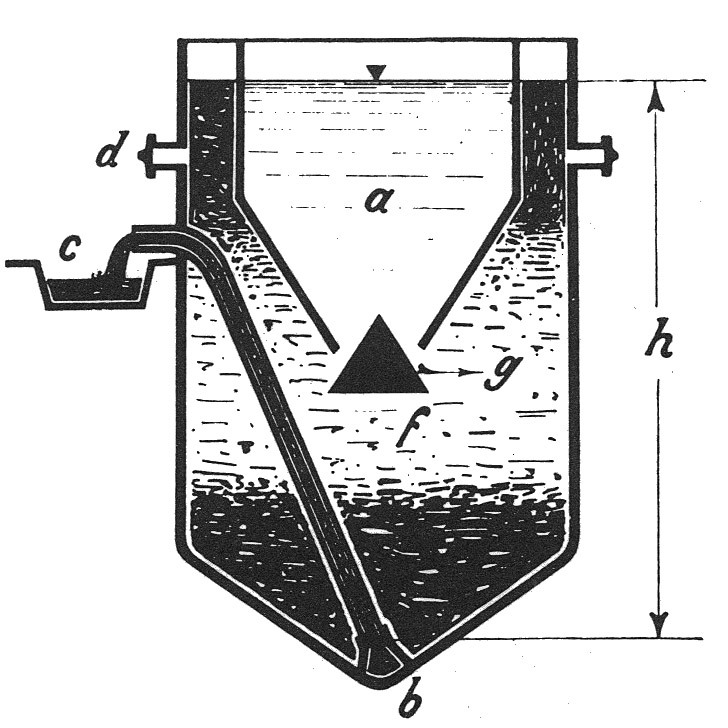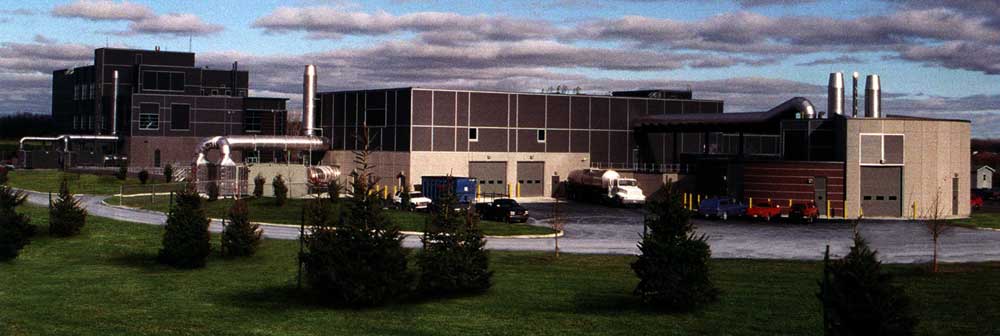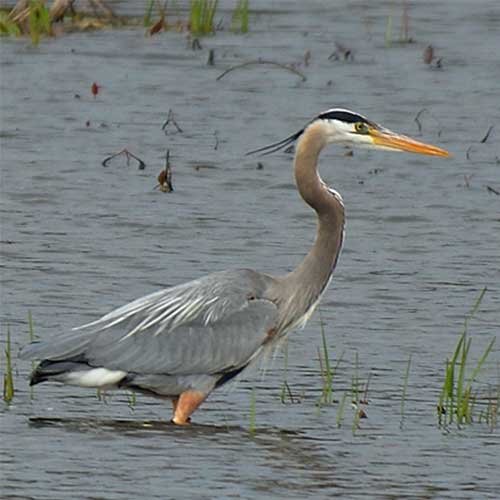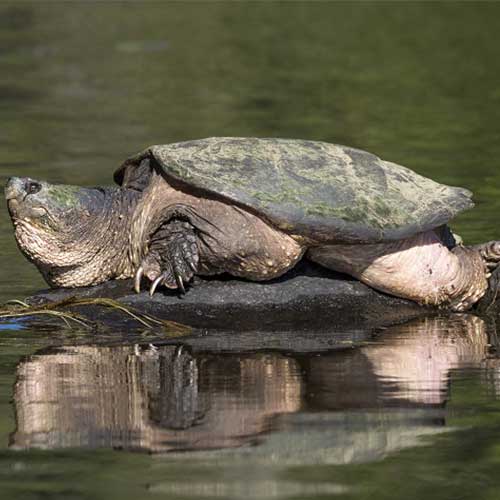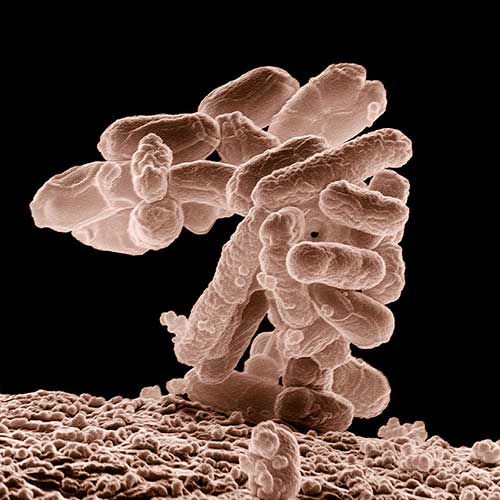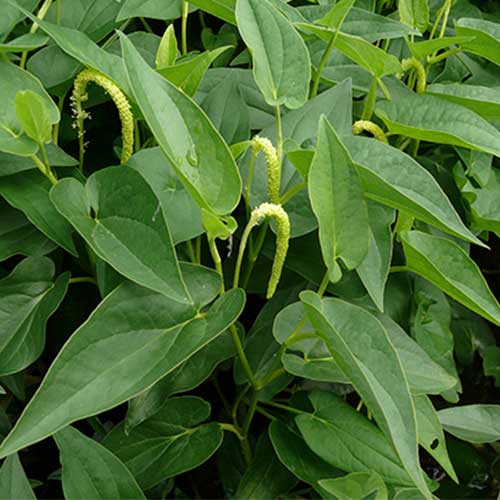The Earth is unique in our solar system: it’s the only planet known to harbor life. What makes it so special? Its atmosphere. This layer of gases enveloping the planet plays a crucial role. Some of these gases, like carbon dioxide, are known as greenhouse gases. They retain the sun’s heat, a natural phenomenon known as the greenhouse effect, which enables our planet to maintain a temperature conducive to life.
However, this delicate balance is being disturbed. For the past two centuries, the massive burning of fossil fuels such as coal and oil to produce energy has been releasing huge quantities of carbon dioxide into the atmosphere. This surplus is unbalancing the system, trapping more heat and accelerating global warming. The consequences are already visible: rising sea levels, drastic weather changes, more violent storms, prolonged droughts, forest fires and floods.
REF: Spotlight on science
Climate change and the increase in greenhouse gases are having a profound impact on the water cycle. Here are the main effects observed:
- Changes in precipitation
- Intense and uneven precipitation: Warmer air can contain more water vapour, leading to episodes of heavy precipitation and increased risk of flooding.
- Prolonged drought: Some regions are experiencing a drop in precipitation, leading to longer, more intense periods of drought.
- Melting glaciers and ice caps
- Rising temperatures are melting glaciers and ice caps, disrupting the natural storage of freshwater. This reduces the water supply for billions of people, particularly in regions where glaciers are a major source of water.
- Rising sea levels
- Melting ice and thermal expansion of the oceans (water expands as it warms) cause sea levels to rise. This disrupts coastal ecosystems and can lead to saltwater infiltration of underground freshwater reserves.
- Increased evaporation
- With higher temperatures, the rate of evaporation increases, which can exacerbate droughts and reduce the amount of water available for ecosystems and crops.
- Changes in ocean and atmospheric currents
- Variations in ocean temperature and salinity affect ocean currents, influencing precipitation patterns and the distribution of water resources in different regions of the globe.
- Disturbance of aquatic ecosystems
- Changes in water temperature and precipitation affect aquatic ecosystems, particularly wetlands, rivers and lakes, reducing biodiversity and modifying the life cycles of species dependent on these environments.
- Impact on drinking water and agriculture
- Access to drinking water is becoming more uncertain, particularly in already vulnerable regions.
- Agricultural crops are highly dependent on water cycles, and disruptions lead to lower yields, exacerbating food crises.
Everyday action for the climate
Since climate change is having an adverse impact on our main resource, water, it is essential that we rapidly reduce our greenhouse gas (GHG) emissions. It is also important to adapt our ways of doing things and change our lifestyle and consumption habits in order to preserve our quality of life. It is possible to take action on a daily basis to combat climate change. Here are a few suggestions of the most effective actions for the climate.
- Avoiding food waste
- Compost
- Favoring active, shared or electric travel
- Buy local
- Reduce air travel
- Getting involved in your community to transform your living environment
- Planting trees, plants and flowers
- Preparing for weather hazards and emergencies
Ref: QUEBEC GOVERNMENT-DAILY ACTIONS FOR THE CLIMATE
To find out more and discover even more simple habits to adopt on a daily basis, read our article.
Help us raise awareness, young and old, of the impact of climate change on our most important resource: water. Giving generously today can make a big difference.

